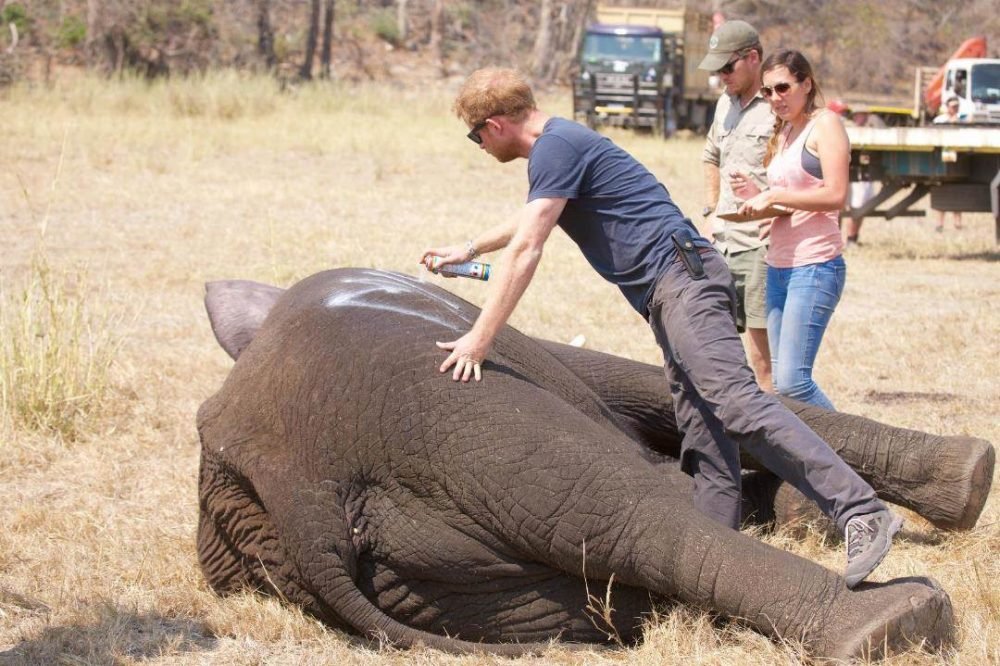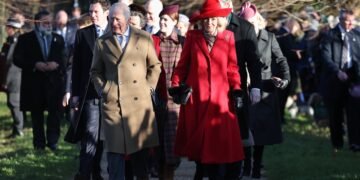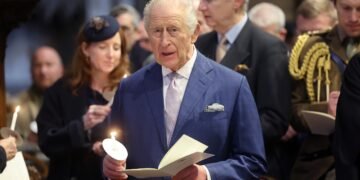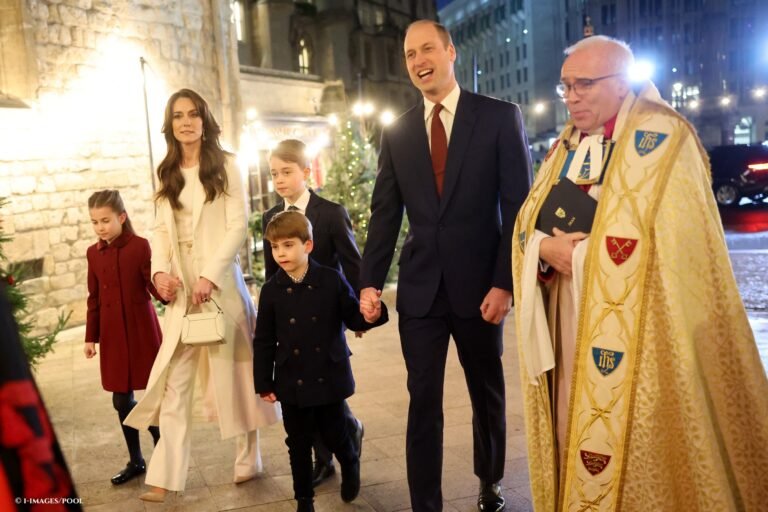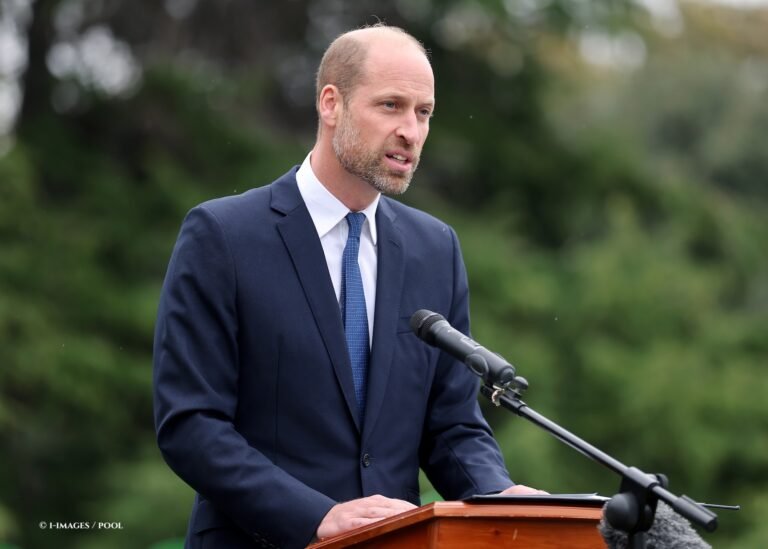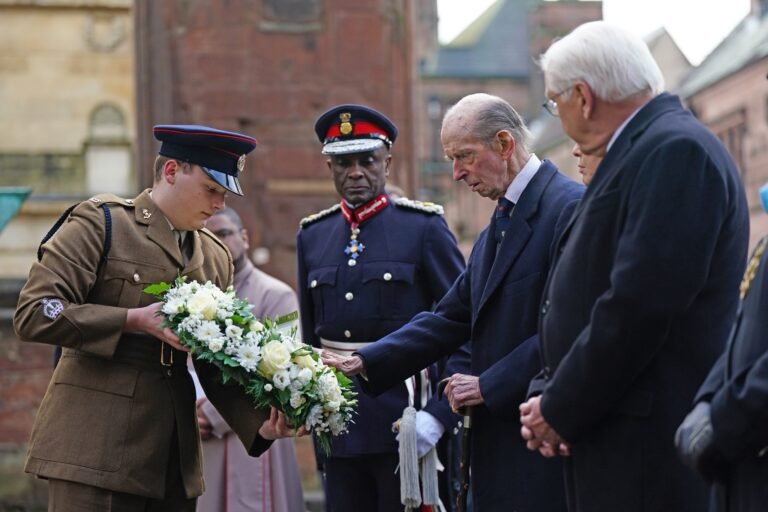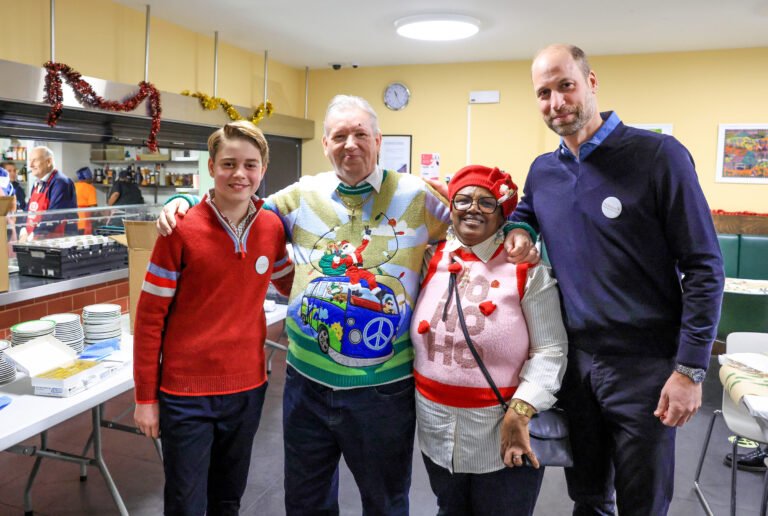A number of photos and a video have been released showing some of Prince Harry’s work in Africa this summer, moving elephants to new homes with the 500 Elephants project.

Harry spent three weeks in Malawi, southern Africa, assisting the translocation of the great beasts from two parks in the south of the country. The Prince worked with volunteers, vets and experts to help address the large numbers of elephants in some areas, while there are hardly any to be found in others.
It is due to pressure on the local environment that the giants must be moved, as well as to help avoid any human-animal conflict. The hope is they will repopulate the local herd in their new home, and that the reserve may also help restore elephant populations in other parts of Africa in future, where numbers have significantly declined due to poaching.
The project involved tranquilising the animals with darts, then transporting them by truck and crane to their new habitat 200 miles away.

Kensington Palace have released three images of Harry working over the summer, plus one which Prince Harry took himself. The first shows him spray painting an elephant, to identify the beast; another shows the Prince chatting with one of his co-workers on the project, and the third is a worker trying to direct an elephant which Harry snapped.
A photo posted by Kensington Palace (@kensingtonroyal) on
Along with the elephants, Prince Harry helped to move a male rhino, and 1,500 game animals including antelope, buffalo, and zebra; he also took part in the re-collaring of three lions.
Similarly last year, following another stint in Africa for conservation projects, Harry released photos from his trip to highlight the plight of many species on the continent. This included assisting in surgery for a rhino and hugging an elephant.

In the video, Harry is shown to be using rope to restrain one elephant, while another moment shows him peeking into the crate of an elephant waiting to leave for its new home.
WILL, KATE AND HARRY GO ON THE LONDON EYE FOR MENTAL HEALTH AWARENESS
“In some countries the numbers [of elephants] are dropping unbelievably quickly and in others there are too many. There’s this weird imbalance,” Harry said in the video.
“It’s amazing to see such unbelievable creatures being moved in a way you could never even dream of. To be with elephants, such massive beasts, is a unique experience. In a weird way they know we are here to help…they are so calm and so relaxed.
“They need to be moved to a different place so this is the most efficient and least invasive way of doing it.”
He added: “Elephants are one of the cores of Africa. You can’t imagine anywhere like this existing without elephants.”
.@AfricanParks have released a video & photos of HRH working on their #500Elephants relocation project in Malawi. pic.twitter.com/dUqc10Ph6r
— Kensington Palace (@KensingtonRoyal) October 28, 2016
Around a century ago there were 10 million African elephants in the wild, but now there are fewer than 450,000.
Prince Harry “was extremely comfortable with the animals, whether helping an anesthetized elephant to the ground and monitoring its breathing to affixing radio collars”, Peter Fearnhead, CEO of African Parks said.
Adding: “He played a vital role in many aspects of this giant operation which requires not only all hands on deck, but a vigilance he exudes, and a commitment to the cause he embodies.”
In a release on the royal.gov.uk site Harry wrote: “Elephants simply can’t roam freely like they used to, without coming into conflict with communities, or being threatened by poaching and persecution. To allow the coexistence of people and animals, fences are increasingly having to be used to separate the two, and try to keep the peace.

“Once a fence is up, you are now managing a parcel of land. Different rules have to apply whether we like it or not. Under these conditions human intervention in stabilising nature might be required by park managers.
“There has to be a balance between the numbers of animals, and the available habitat. Just how nature intended it. In this case, African Parks, in partnership with the Malawian government, have re-established a safe area for elephants to be moved back to.
“This simultaneously relieves the pressure in Liwonde, and restocks Nkhotakota so both populations of Elephants can continue to grow. If the re-balance doesn’t take place, human wildlife conflict will increase and elephants will degrade their habitat. We’re then back to having to consider the worst – reducing herds by culling.”
You can read the full statement here.
Photos: Kensington Palace

